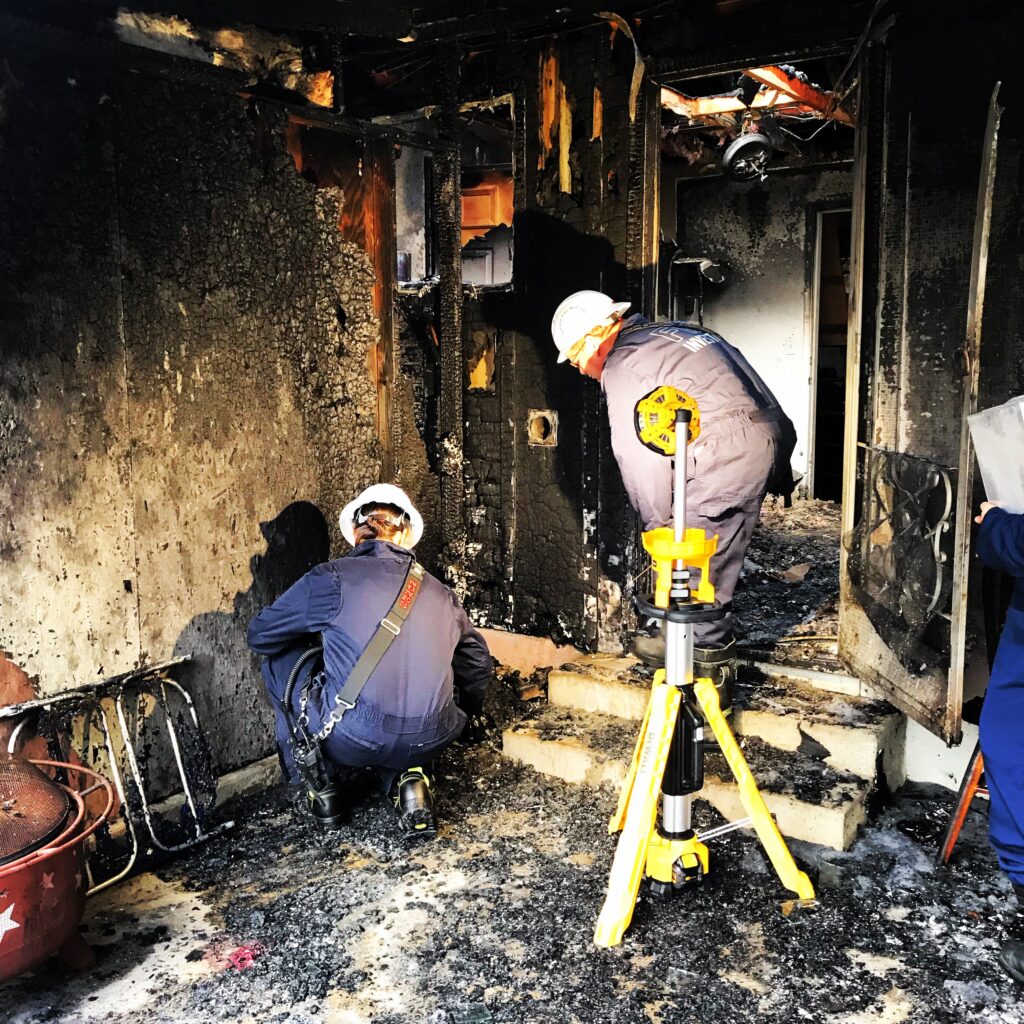-
ceo.bfi@gmail.com
Send Email
-
2C, C-6/A Block, Janakpuri, Delhi India 110058
Visit Our Office
99902-92279
Confidentiality Guaranteed
99902-92279
Confidentiality Guaranteed

Sep
ARSON/FIRE INVESTIGATION
ARSON-FIRE-INVESTIGATION
Arson, the deliberate act of setting fire to property or structures, is a serious crime with far-reaching consequences. Each year, countless lives are lost, and significant property damage occurs due to arson incidents. However, behind the devastation lies a complex investigative process aimed at uncovering the truth and holding perpetrators accountable.
UNDERSTANDING ARSON
Arson-Fire-Investigation delve deep into the science of fire dynamics and behavior. Unlike accidental fires, arson fires are intentionally set, often leaving behind distinct patterns and evidence that forensic experts meticulously analyze.

THE ROLE OF FIRE INVESTIGATORS
Fire investigators play a critical role in arson cases. They are trained to examine fire scenes, collect evidence, and reconstruct the events leading up to the blaze. Using a combination of scientific methods and investigative techniques, they piece together the puzzle to determine the cause and origin of the fire.
KEY ELEMENTS OF FIRE INVESTIGATIONS
- Scene Examination: Fire investigators meticulously examine the scene of the fire, documenting any visible damage, burn patterns, and potential ignition sources.
- Evidence Collection: Various types of evidence, including debris samples, accelerants, and charred materials, are collected and analyzed in a forensic laboratory.
- Laboratory Analysis: Forensic analysis of evidence involves techniques such as chromatography, spectroscopy, and microscopy to identify accelerants and trace evidence.
- Witness Interviews: Investigators interview witnesses and gather information from individuals who may have knowledge of the fire or those who were present at the scene.
CHALLENGES IN ARSON INVESTIGATIONS
- Arson-fire-investigation present unique challenges due to the destructive nature of fire and the deliberate efforts to conceal evidence. However, advancements in forensic science and technology have enhanced investigators’ capabilities in unraveling even the most complex arson cases.
THE IMPORTANCE OF COLLABORATION
Arson investigations often require collaboration among various agencies and experts, including fire departments, law enforcement, forensic scientists, and legal professionals. By pooling resources and expertise, investigators can conduct thorough and objective inquiries into suspected arson cases.
PREVENTING ARSON
Beyond solving crimes, arson investigations also play a vital role in preventing future incidents. By understanding the motives and patterns behind arson, law enforcement agencies can develop targeted prevention strategies and raise awareness about the devastating consequences of arson.
CONCLUSION
Arson investigations represent a convergence of science, technology, and investigative techniques aimed at uncovering the truth behind deliberate acts of fire-setting. Through meticulous examination and analysis, fire investigators strive to bring justice to victims and hold perpetrators accountable for their actions.
An arson-fire-investigation basically focuses on four broad areas which are as follows:
PROTOCOLS IN ARSON-FIRE-INVESTIGATION
A standardized protocol must be followed in arson and fire investigation which is as follows:
1. Identification of the first caller from the scene of incidence.
2. Identification of any injured person present at the scene of incidence and medical assistance must be provided to the personnel.
3. Protect the whole area by the barricading tape in order to avoid entry of unnecessary personnels.
4. Obtain photographs of the scene of incidence from all the possible angles.
5. Obtain insurance information and identification of the public or private insurance investigators.
6. Record check of the property is another crucial step by the forensic investigators. Record check includes assessor records or tax records.
7. Weather conditions must be taken into consideration as well as proper documentation of the scene of incidence must be taken in the form of notes.
8. Searching method must be employed by the forensic experts and crime scene investigators depending upon the area of the crime scene.
9. Remove all the debris and clean all the relevant tools or articles and establishing the area for evidence collection.
10. Evidences must be thoroughly searched and collected from the crime scene as well as preserved properly for the further laboratory analysis as evidences are admissible in court of law.
11. Analyze fire flow patterns, damage patterns, and evidences such as shields and shadows, inverted cone burn pattern, etc. Document the evidences with photos, sketches and notes.
The role of forensic fire investigator is to check for possible incendiary devices, license plate of automobiles in the area of fire, and to ensure that access to the scene is under control. Another major task of fire investigator is to survey the exterior as well as interior of the structure of the building. The goal is to assess probable fire origin, secure evidence and to control fire overhaul procedures to protect evidence.
Once the evidences are collected in secured manner, they will send to the forensic laboratory for further analysis and examination. After the results are interpretated, the report prepared by forensic expert is admissible under court of law.


